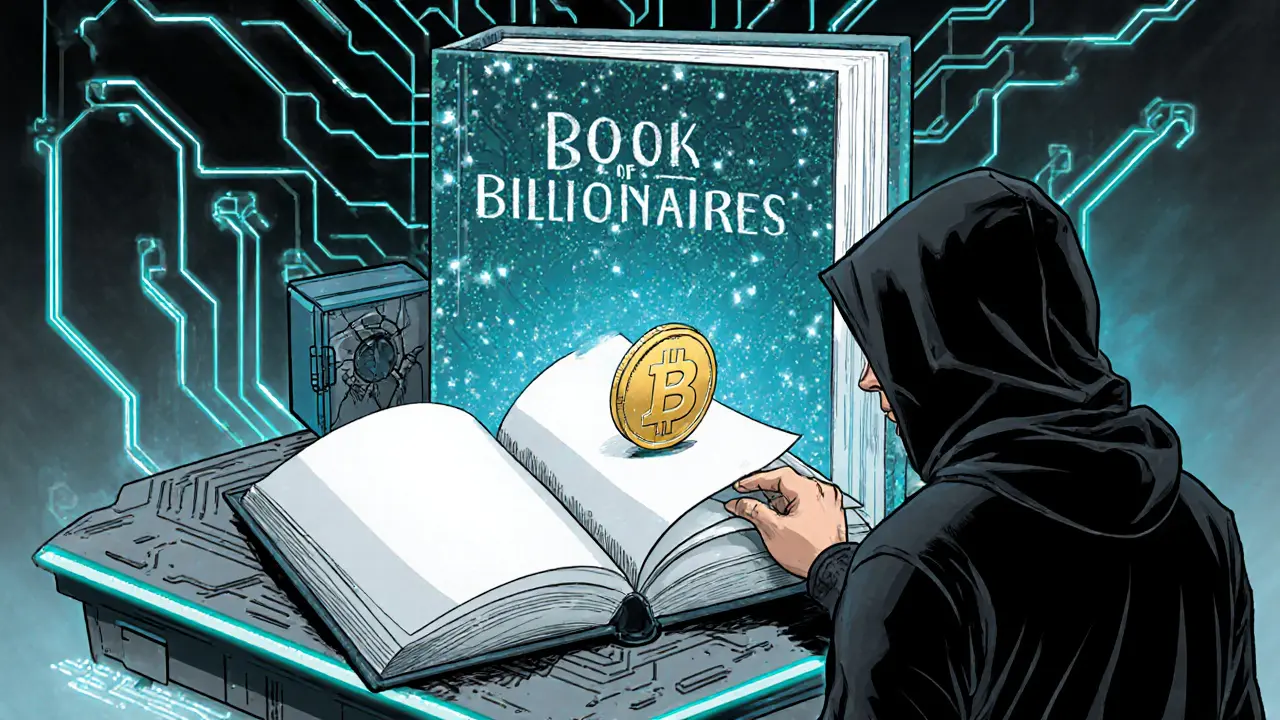BOOK OF BILLIONAIRES (BOBE) Explained: What It Is, Specs, Risks & Trading Guide
Explore what BOOK OF BILLIONAIRES (BOBE) crypto is, its specs, market data, trading steps, risks, and how it stacks up against real meme coins.
Continue ReadingWhen working with Solana SPL token, the native token standard on the Solana blockchain that lets developers create both fungible and non‑fungible assets. Also known as SPL, it powers everything from DeFi projects to game items and community coins. If you’re looking for the ultimate Solana SPL token guide, you’re in the right place.
The Solana blockchain, a high‑throughput, low‑cost layer‑1 network built for decentralized apps provides the speed and cheap fees that make SPL tokens attractive. On top of that, the Serum DEX, an order‑book based decentralized exchange on Solana enables real‑time trading of SPL assets, while Metaplex, a protocol for creating and launching NFTs on Solana lets creators mint tokens that double as collectible art. For liquidity providers, Raydium, an automated market maker that taps directly into Serum’s order book offers fast swaps and yield farms. Together, these tools form an ecosystem where an SPL token can be minted, listed, traded, and used in games or finance without leaving the Solana network.
Creating an SPL token requires only a handful of steps: set up a Solana wallet, write a simple Rust or Anchor program, and deploy it using the Solana CLI. Once on chain, the token inherits Solana’s proof‑of‑history consensus, meaning transactions settle in seconds and cost a fraction of a cent. This speed enables use‑cases like on‑chain airdrops (think of the JF or DOGGY airdrop models), real‑time staking rewards, and micro‑payments in gaming. Tokenomics can be as simple as a fixed supply or as complex as a rebasing algorithm, and the SPL standard supports metadata extensions for branding and royalty settings.
From a developer’s perspective, the SPL standard is flexible enough to support both fungible coins like the GM meme token and non‑fungible collectibles like Metaplex NFTs. From an investor’s angle, SPL tokens gain price discovery through Serum’s order books and liquidity from Raydium pools, making them comparable to ERC‑20 assets but with lower transaction friction. Moreover, the open‑source nature of Solana’s tooling means you can audit contracts, integrate with wallets like Phantom, and automate airdrop claims using scripts similar to the JF (Jswap) airdrop guide.
Security is another pillar: Solana’s runtime enforces strict program isolation, while auditors regularly review popular SPL contracts. Still, smart‑contract bugs happen, so it’s wise to test on devnet, use multisig wallets for admin keys, and monitor on‑chain metrics such as total value locked (TVL) – a metric highlighted in our “TVL Changes and Trends in DeFi Explained” post. Understanding TVL helps you gauge the health of SPL‑based DeFi projects and decide where to allocate capital.
Beyond finance, SPL tokens drive community incentives. Meme tokens like GM or Hemule showcase how social sentiment can be tokenized, while NFT drops on Metaplex demonstrate the blend of art and utility. Airdrop strategies explored in our JF and DOGGY guides illustrate how projects can bootstrap user bases without heavy marketing spend.
All these pieces – Solana’s speed, Serum’s order book, Raydium’s AMM, Metaplex’s NFT framework, and the SPL token’s versatility – create a powerful stack for anyone looking to launch a new crypto asset. Below you’ll find a curated set of articles that dive deeper into each component, from step‑by‑step token creation tutorials to market analysis on DeFi trends, regulation updates, and exchange reviews that affect SPL token trading.
Ready to explore the full range of insights? Scroll down to discover detailed guides, real‑world case studies, and actionable tips that will help you mint, list, and grow your Solana SPL token effectively.

Explore what BOOK OF BILLIONAIRES (BOBE) crypto is, its specs, market data, trading steps, risks, and how it stacks up against real meme coins.
Continue Reading